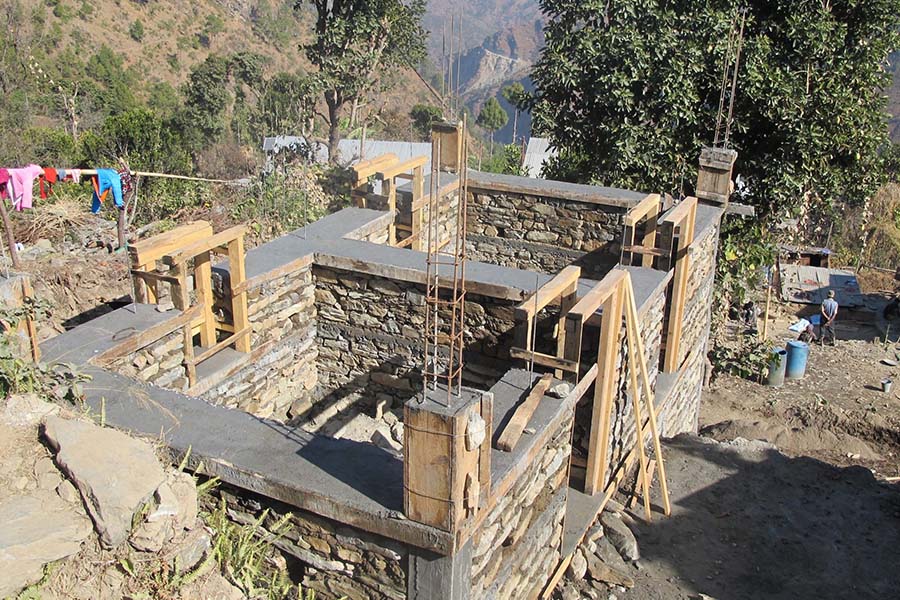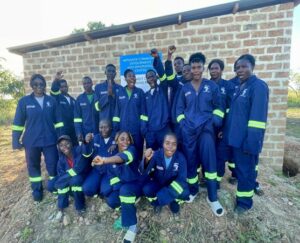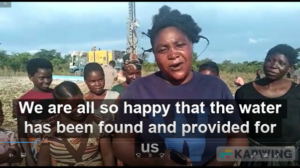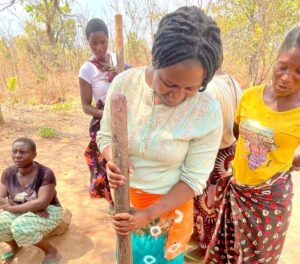By Avigayil Heimowitz
Last week I visited Ramechhap district, four years from the last time I was in rural Nepal. While walking down into the village, I was first struck by all the new home building. On my left and right there were houses being built- and fast. Two and a half years after the devastating April 15th, 2015 earthquake, the villagers were finally rebuilding.
I was also struck by the homes that were no longer fit to be inhabited. Each home had either a red or green sticker; a sign that an engineer had come and confirmed if the home was no longer safe. Red signified uninhabitable, green signified inhabitable. So many homes had a crack down the side of the house, red sticker on the door, just too dangerous to live inside. These beautiful traditional structures telling a story of tradition and simplicity now lay empty, their destiny uncertain.
I asked our local staff why the rebuilding was only occurring now, and they told me the Nepali government handed out the second installment of 100,000 rupees (about $1,000) to those building a new home. Those who did not build would not get the cash. The new homes constructed were all the same size; I was happy to see that nobody took the opportunity to build a bigger home. However, they were now using cement to secure the walls, no longer building traditionally with stones and mud. I understood the need for cement for earthquake resistant homes, however bringing in outside materials was complex for those living far from the road. New roads were being cut out crisscrossing the mountainside to allowing for easier access to the new construction materials.
Unfortunately, these roads were simply cut into the mountain, the debris spilling down, no account for the landscape, nature or the real need of the road. As one of our fellows told me “one really good secure road is much more beneficial than many smaller roads”.
Earthquakes take lives, the one here in April 2015 killed nearly 9,000 people and injured 22,000. I was able to see the devastating effect such a disaster leaves for years to come, an effect on homes, livelihoods and natural landscapes.







